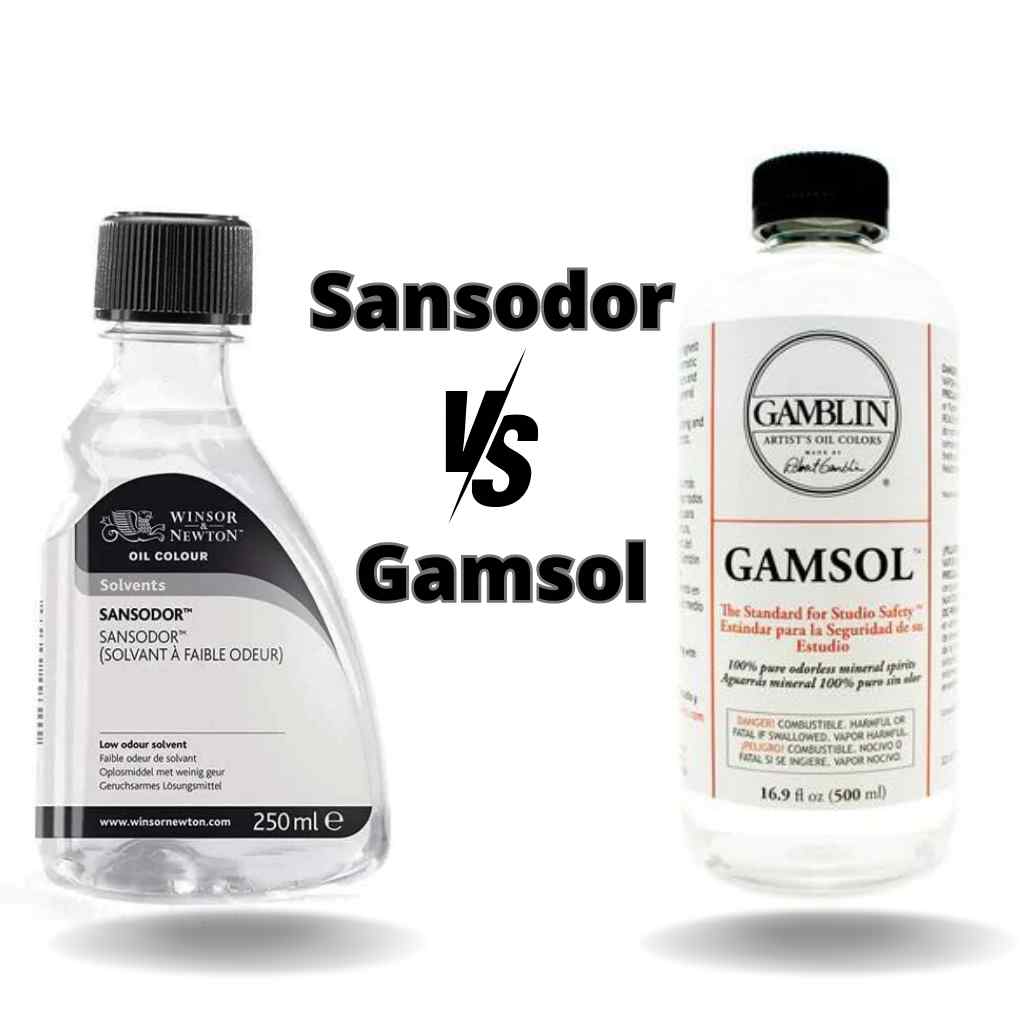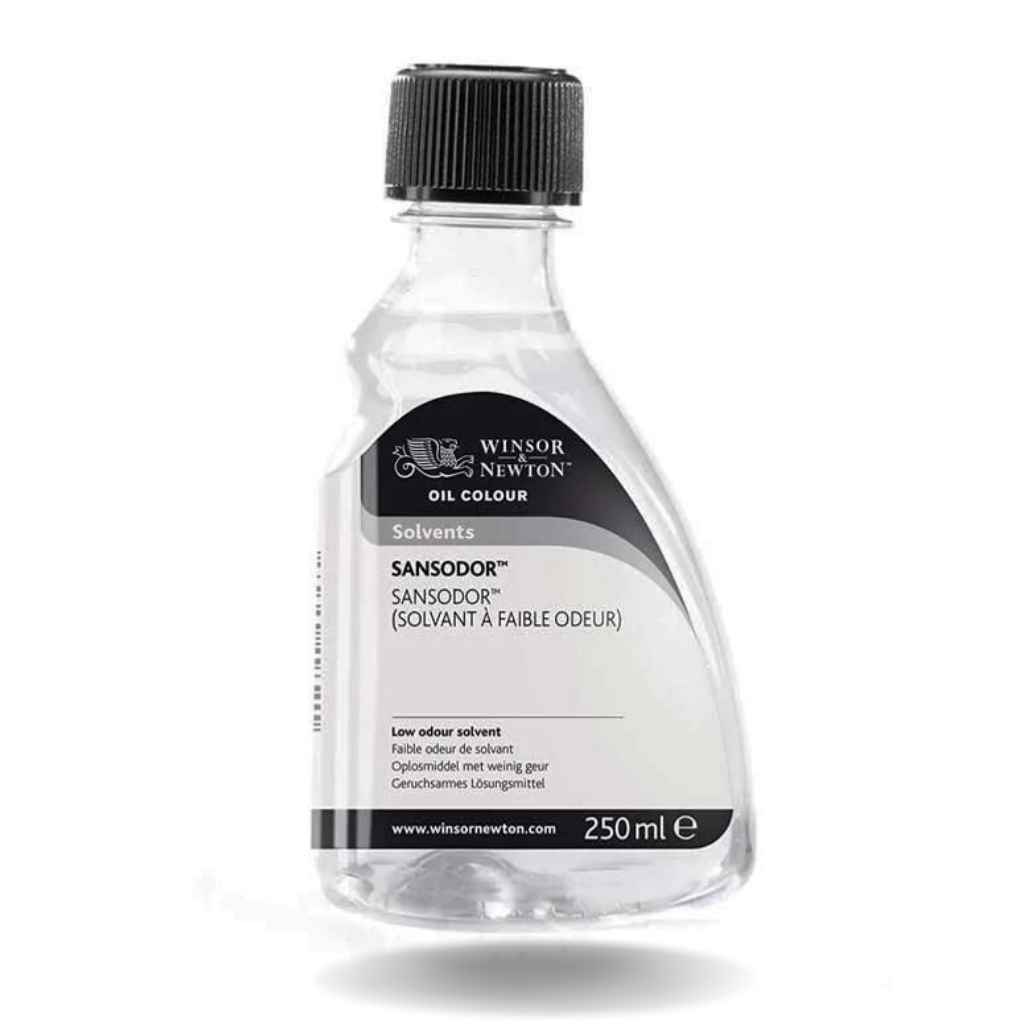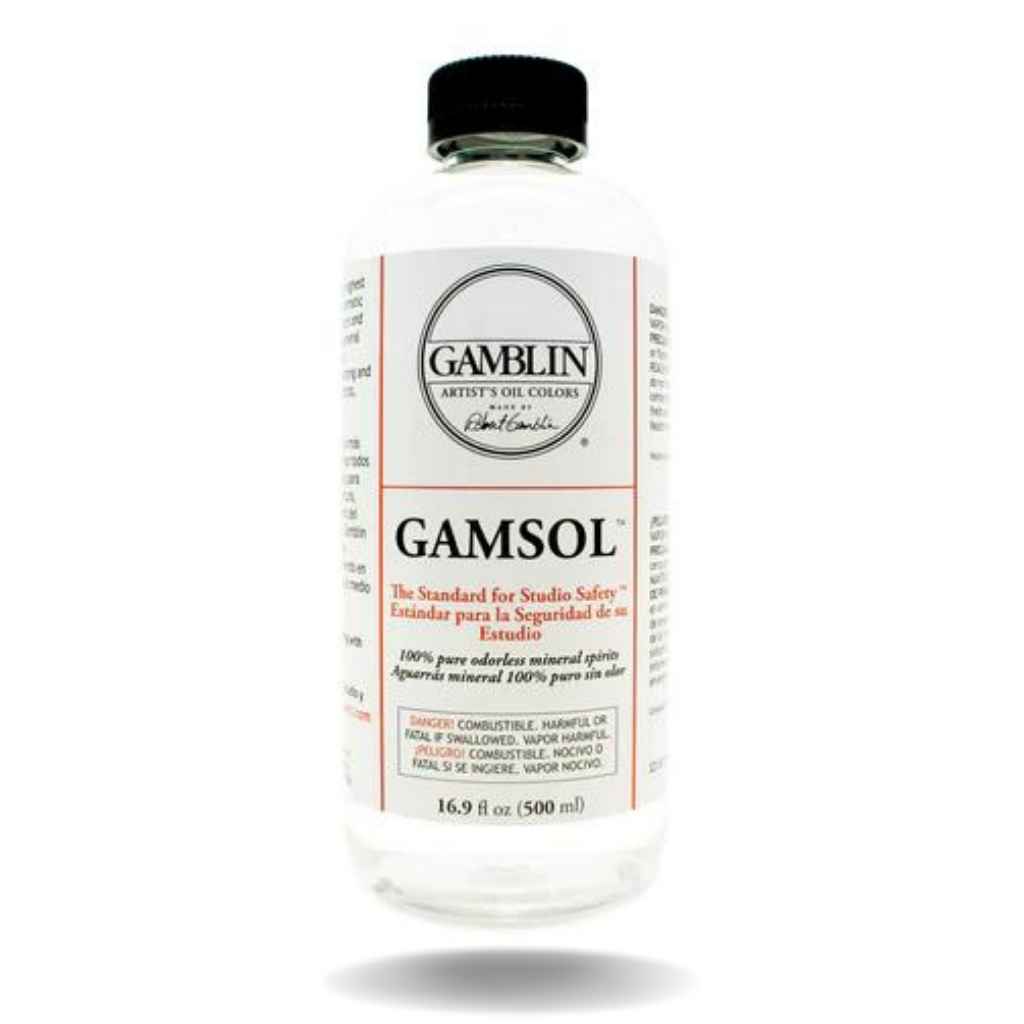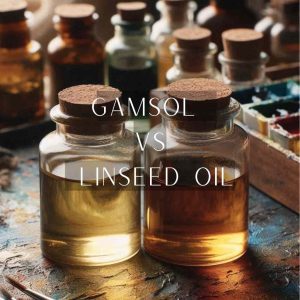Are you an artist seeking the perfect solvent to elevate your creative process? Look no further, as we dive into the world of Sansodor vs Gamsol.
Solvents are the unsung heroes behind every masterpiece, enabling artists to unlock the full potential of their mediums and bring their visions to life.
However, with many options available, finding the right solvent can be an overwhelming task. That’s where we come in.
In this article, we’ll explore the nuances of Sansodor and Gamsol, two titans in the art world, and help you make an informed decision.
So, let’s embark on this journey and discover the power of solvents in artistic expression.
Sansodor vs Gamsol: A Quick Comparison
Here’s a comparison table outlining the differences between sansodor and gamsol for your ease of access:
| Criteria | Sansodor | Gamsol |
| Composition | Odorless | Low odor |
| Toxicity | Low | Low |
| Applications | Oil painting, Acrylics, Printmaking, Cleaning brushes, and tools | Oil painting, Glazing techniques, Printmaking, Thinning mediums |
| Performance | Effective in various art applications | Effective in oil painting, glazing techniques, printmaking, thinning mediums |
Sansodor: Exploring the Versatile Solvent
Sansodor is composed of a special blend of hydrocarbons, setting it apart from other solvents. What makes it truly exceptional is its odorless nature, allowing artists to work in a more pleasant environment without compromising on results.
Applications of Sansodor in various art mediums
Sansodor, the versatile solvent, finds its applications in a range of art mediums, offering artists flexibility and convenience. Here are the specific applications of Sansodor in different artistic practices:

Thinning paint: Sansodor acts as a reliable solvent for diluting oil paints, allowing artists to achieve desired consistency and viscosity.
Creating glazes and transparent layers: With Sansodor, artists can easily create glazes and transparent layers, adding depth and dimension to their oil paintings.
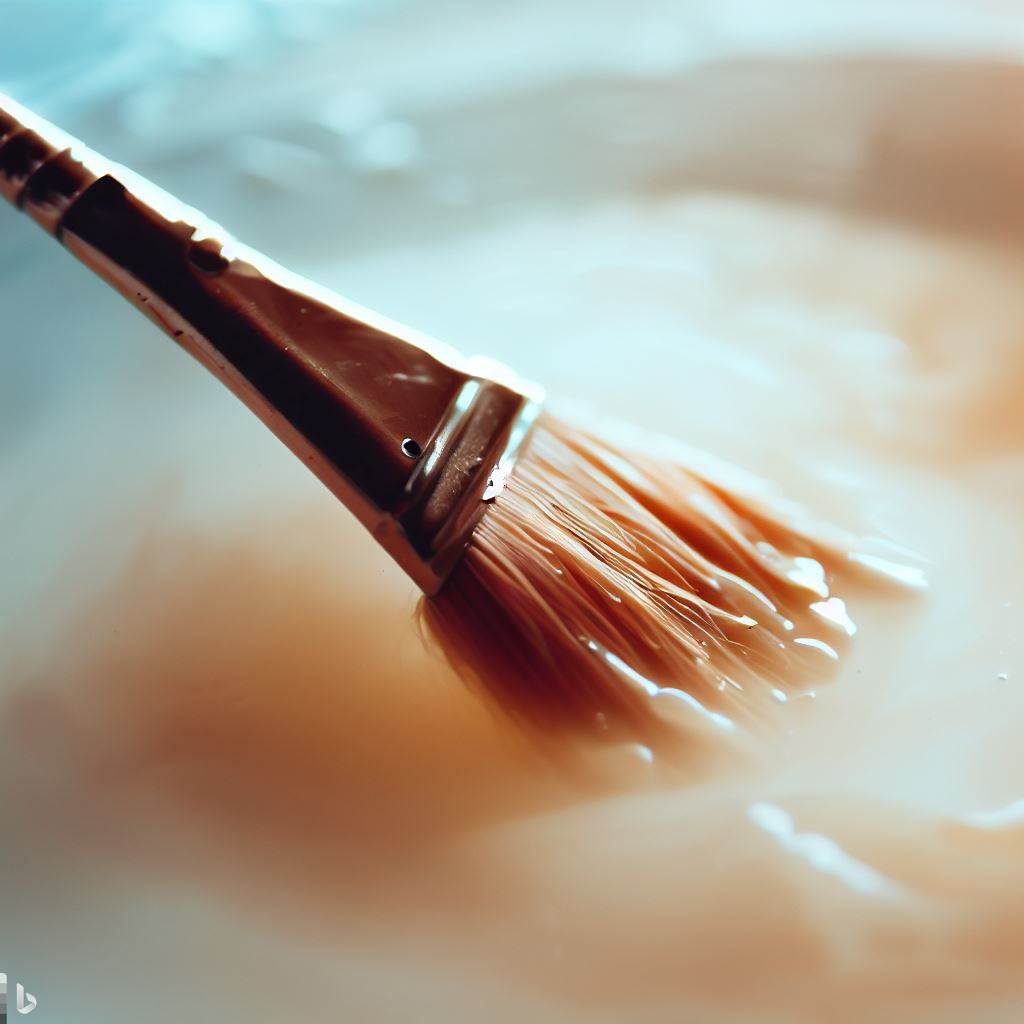
Cleaning brushes and tools: Sansodor effectively removes oil paint residues from brushes and tools, ensuring their cleanliness and longevity.
Thinning acrylic paint: Sansodor serves as a valuable medium for thinning acrylic paints, enhancing color blending and allowing for smoother application.
Extending drying time: By incorporating Sansodor, artists can extend the drying time of acrylic paints, giving them more flexibility in manipulating the paint on the canvas.
Cleaning plates: Sansodor proves to be an efficient solvent for cleaning plates in printmaking, ensuring the removal of excess ink and maintaining the integrity of the image.
Cleaning brushes and tools: Sansodor is an effective solution for cleaning brushes and tools used in various art mediums, allowing artists to maintain their tools in optimal condition and ready for future use.
Gamsol: A Reliable and Effective Solvent
When it comes to reliability and effectiveness in the art world, Gamsol takes center stage. Gamsol is composed of a specialized mixture of aromatic hydrocarbons, ensuring optimal solvency power without compromising safety. Its low toxicity level makes it a more health-conscious option compared to traditional solvents, reducing potential health risks for artists.
Advantages of Gamsol in art practices
Gamsol finds its applications in various art mediums, allowing artists to explore its versatility and effectiveness. Here are the specific uses of Gamsol in different artistic practices:
Thinning paint: Gamsol serves as a reliable solvent for diluting oil paints, making them more fluid and easier to work with.

Achieving desired textures and effects: Artists can use Gamsol to manipulate the consistency of oil paints, creating textures and achieving specific artistic effects.
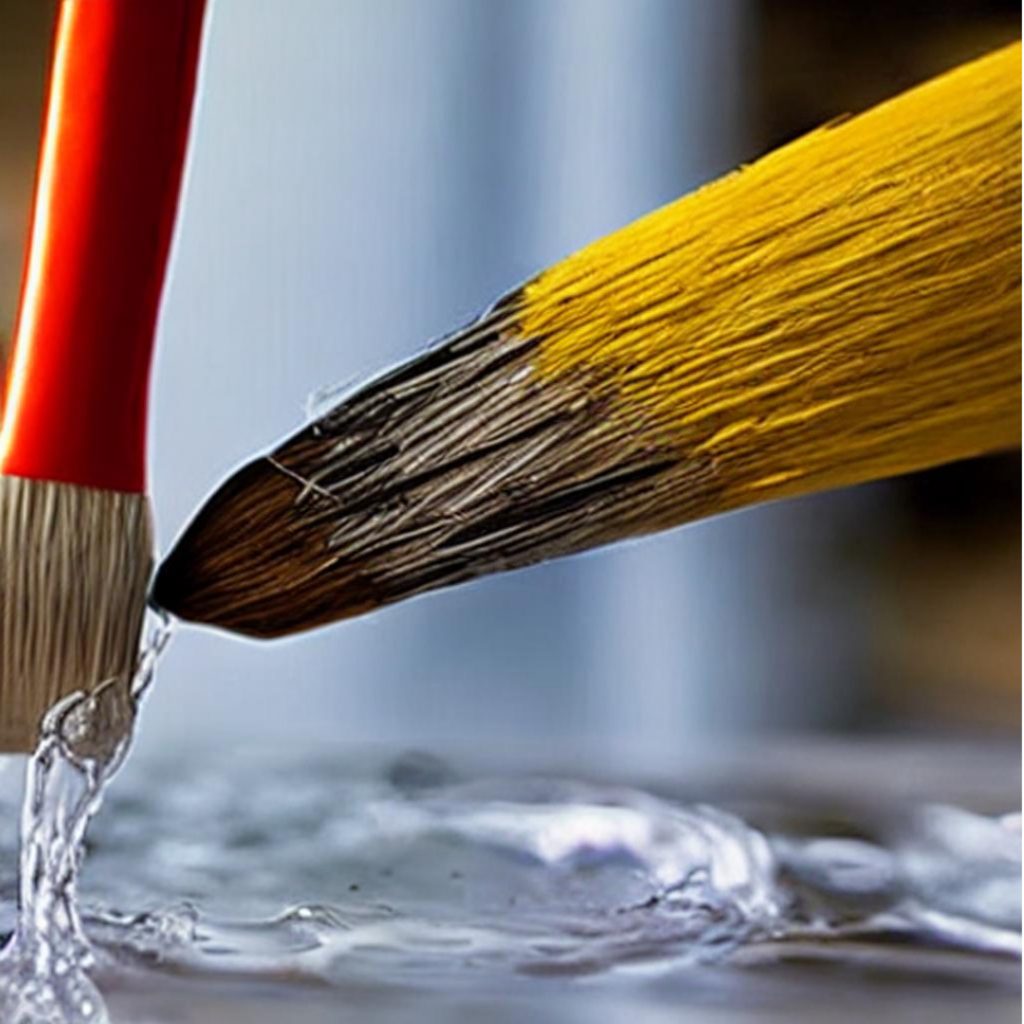
Cleaning brushes and tools: Gamsol effectively removes oil paint residues from brushes and tools, ensuring their longevity and optimal performance.
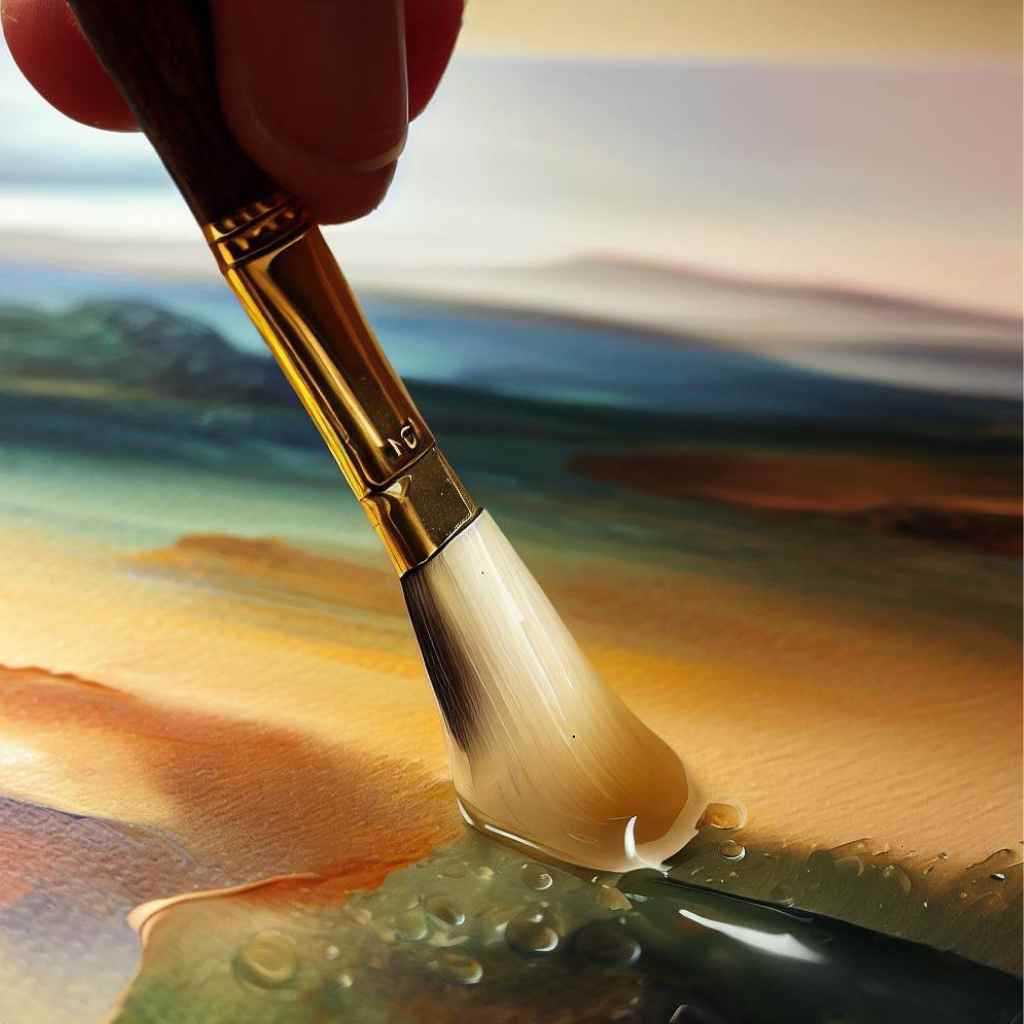
Facilitating the application of translucent layers: Gamsol allows artists to create glazes by thinning oil paints, enabling the application of translucent layers that add depth and luminosity to their artwork.
Cleaning plates: Gamsol is an excellent solvent for cleaning printing plates, removing excess ink, and maintaining the integrity of the image.
Removing excess ink: Artists can use Gamsol to clean and remove any excess ink from the printing plates, ensuring clean and precise prints.
Thinning mediums: Gamsol can be used to thin various mediums such as varnishes, resins, and mediums used in oil painting, allowing artists to control the viscosity and flow of the medium. This enables them to achieve the desired consistency and texture in their artwork.
Sansodor vs Gamsol: Comparison
When it comes to choosing the right solvent for your artistic needs, it’s essential to compare the features and qualities of different options.
Similarities between Sansodor and Gamsol
- Versatility: Both Sansodor and Gamsol are versatile solvents that find applications in various art mediums, including oil painting, acrylic painting, printmaking, and cleaning brushes and tools.
- Safety: Both solvents are formulated with safety in mind, offering low toxicity levels and adhering to safety standards for artists’ health and well-being.
Key differences in composition and odor
- Composition: Sansodor and Gamsol differ in their composition. Sansodor is composed of a unique blend of hydrocarbons, while Gamsol contains a specialized mixture of aromatic hydrocarbons.
- Odor: Sansodor is known for its odorless properties, creating a more pleasant working environment for artists. In contrast, Gamsol may have a slight odor due to the presence of aromatic hydrocarbons, although it is generally considered to be low in odor compared to traditional solvents.
Performance and effectiveness in various art applications
- Performance: While both solvents exhibit excellent performance, artists may have personal preferences based on their specific techniques and desired results. Some artists may find Sansodor more suitable for certain applications, while others may prefer the performance of Gamsol.
- Effectiveness: The effectiveness of Sansodor and Gamsol may vary depending on the art medium and technique used. It is advisable for artists to experiment and determine which solvent works best for their individual artistic practices.
Pricing and availability
- Pricing: The cost of Sansodor and Gamsol may vary based on factors such as location, retailer, and quantity. It is recommended to compare prices and consider the budgetary aspect when making a purchasing decision.
- Availability: Sansodor and Gamsol are widely available in art supply stores, both online and offline. However, availability may differ depending on the region, so it is important to ensure the chosen solvent is accessible for ongoing use.
Artists’ Experiences and Recommendations
One of the valuable aspects when considering the choice between sansodor and gamsol is to gather insights from artists who have firsthand experience using these solvents.
Their experiences, testimonials, and feedback can provide valuable guidance in making an informed decision.
Insights from artists who have used Sansodor
- Testimonials and Feedback: Many artists who have used Sansodor commend its odorless properties and its ability to effectively thin oil paints without compromising color vibrancy.
They appreciate the smooth application and blending capabilities it offers. Additionally, artists often note the convenience of Sansodor for cleaning brushes and tools, ensuring their longevity.
- Pros and Cons: Some advantages of Sansodor include its low odor, versatility across various art mediums, and efficacy in thinning oil paints.
However, some artists find that Sansodor may evaporate more quickly than other solvents, requiring frequent replenishment during extended painting sessions.
Experiences shared by artists who prefer Gamsol
- Testimonials and Feedback: Artists who prefer Gamsol often highlight its reliability and effectiveness in their artistic practices. They appreciate its low toxicity, which ensures a safer working environment.
Artists find Gamsol particularly useful in oil painting techniques, emphasizing its excellent thinning capabilities and its ability to create glazes with a luminous quality.
- Pros and Cons: Some advantages of Gamsol include its low toxicity, compatibility with oil painting techniques, and its ability to produce desired effects like glazing.
However, artists who have used Gamsol mention that its characteristic smell, though relatively mild, might still be noticeable to some individuals.
FAQs
- Can I mix Sansodor and Gamsol together?
It is generally not recommended to mix different solvents together, as they have specific compositions and characteristics. Mixing Sansodor and Gamsol may alter their properties and affect their performance, so it’s best to use them separately as intended.
- Do Sansodor and Gamsol have a shelf life?
Both Sansodor and Gamsol have a relatively long shelf life when stored properly. It is recommended to keep them tightly sealed and stored in a cool, dry place away from direct sunlight to maintain their effectiveness.
- Can Sansodor or Gamsol be used with watercolor or gouache paints?
Sansodor and Gamsol are primarily designed for use with oil-based mediums. They are not typically used with watercolor or gouache paints, as these mediums require different solvents or water for dilution and cleaning.
- Are there any alternatives to Sansodor and Gamsol?
Yes, there are alternative solvents available in the market. Some artists opt for eco-friendly solvents, citrus-based solvents, or natural alternatives like walnut oil or linseed oil for specific applications. It’s worth exploring different options and considering your specific needs and preferences.
- Can Sansodor or Gamsol be used to varnish artworks?
Sansodor and Gamsol are not typically used as varnishes. For varnishing purposes, it is recommended to use specific varnish products designed for the desired finish and protection of your artwork.
- Can Sansodor or Gamsol be used to transfer images or decal applications?
Sansodor and Gamsol are not typically used to transfer images or decal applications. They are primarily used as solvents for dilution, brush cleaning, and thinning of paint.
- Can Sansodor or Gamsol be used to blend colored pencils or pastels?
Sansodor and Gamsol can be used to blend colored pencils or pastels. When applied lightly with a brush or cotton swab, they can help soften and blend the colors, creating smooth transitions and effects.
Wrapping up
As we come to the end of our exploration of the Sansodor vs. Gamsol debate, it’s crucial to reflect on the key points and consider the best path forward.
Throughout this journey, we have dived into the characteristics, applications, safety considerations, and artists’ experiences with these two versatile solvents.
The problem of selecting the right solvent for your artistic endeavors can be a daunting one, but by weighing these factors and considering the insights and experiences of fellow artists, you can confidently make a decision that aligns with your artistic vision.
So, take a moment to reflect, trust your instincts, and embark on your creative journey armed with the perfect solvent for your artistic endeavors.
If the Sansodor versus Gamsol debate interests you, you’ll also benefit from reading about how Lavender Spike Oil stacks up against Gamsol in our related article.

